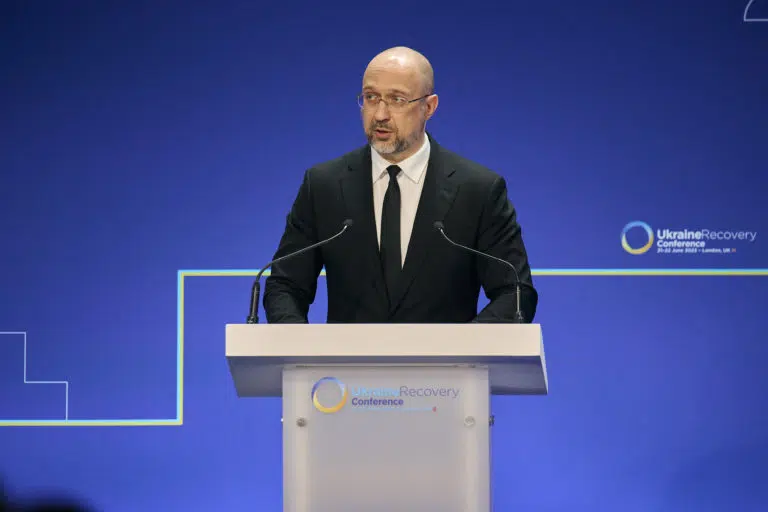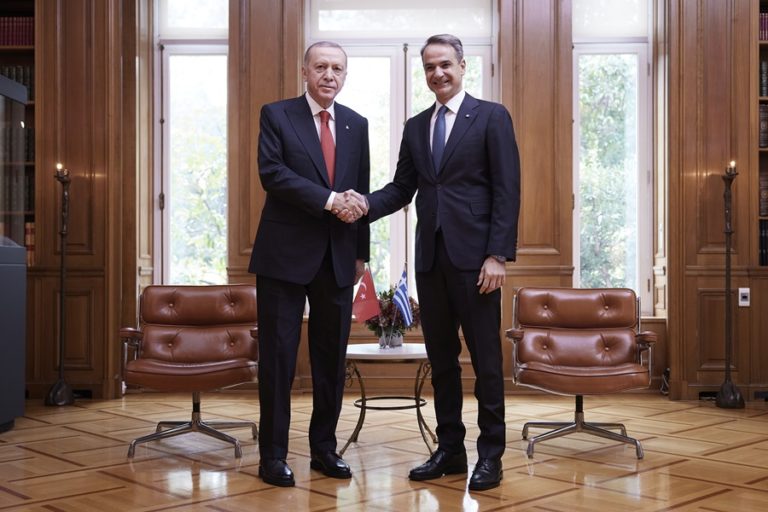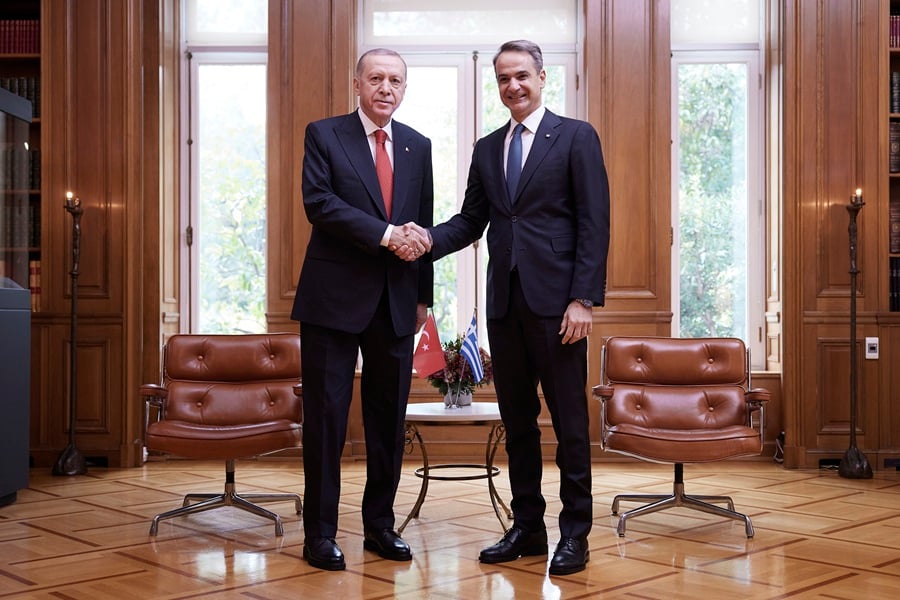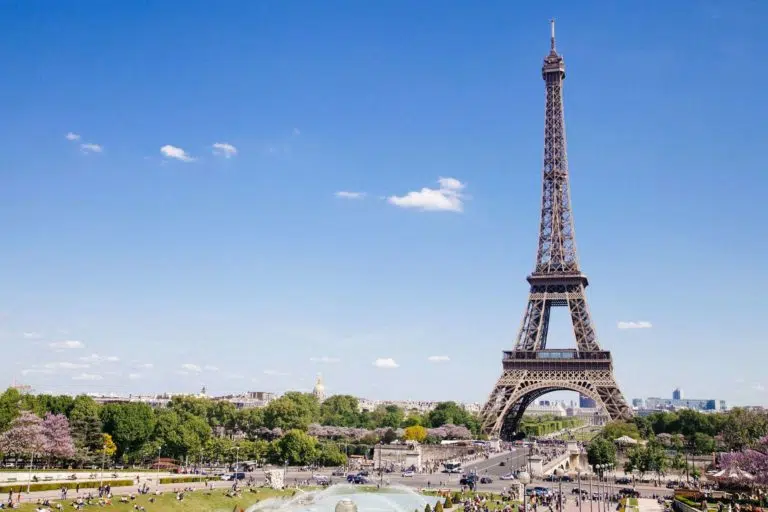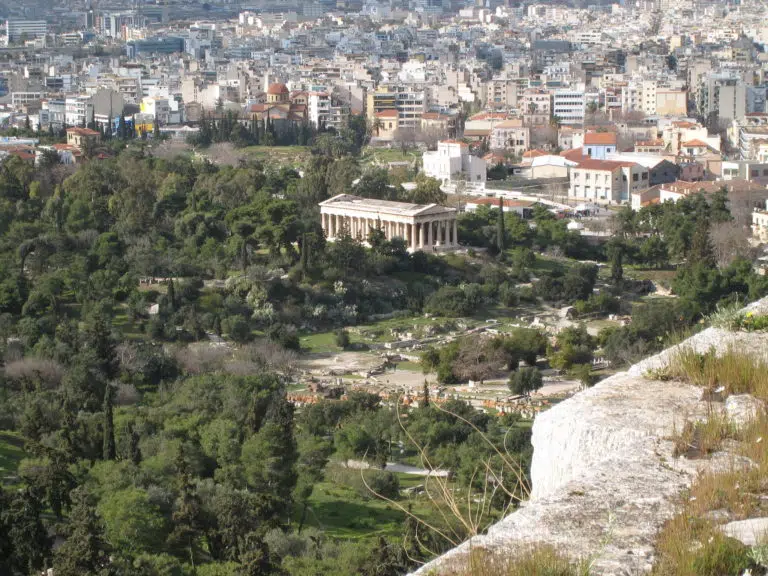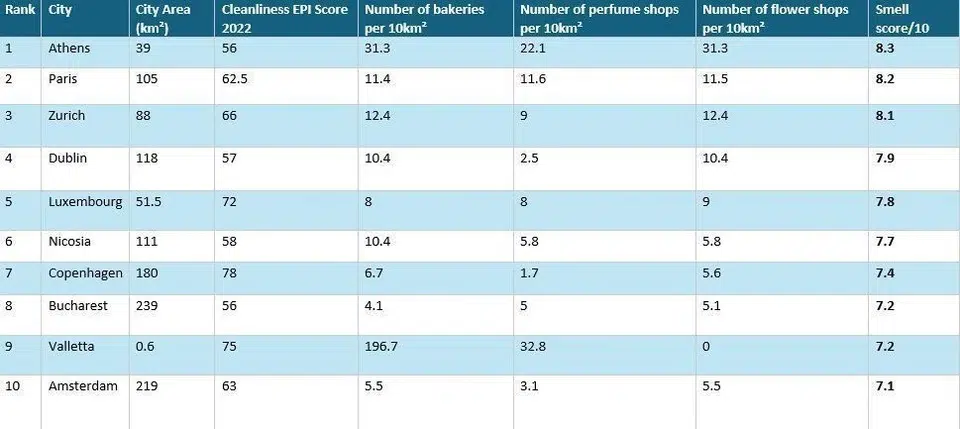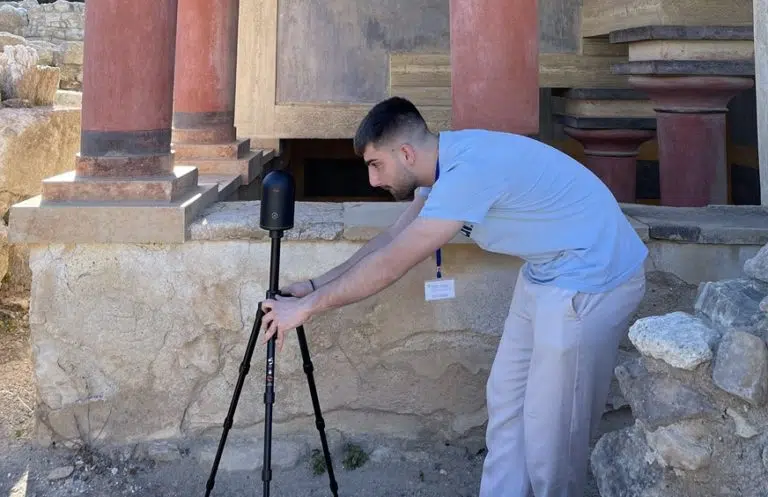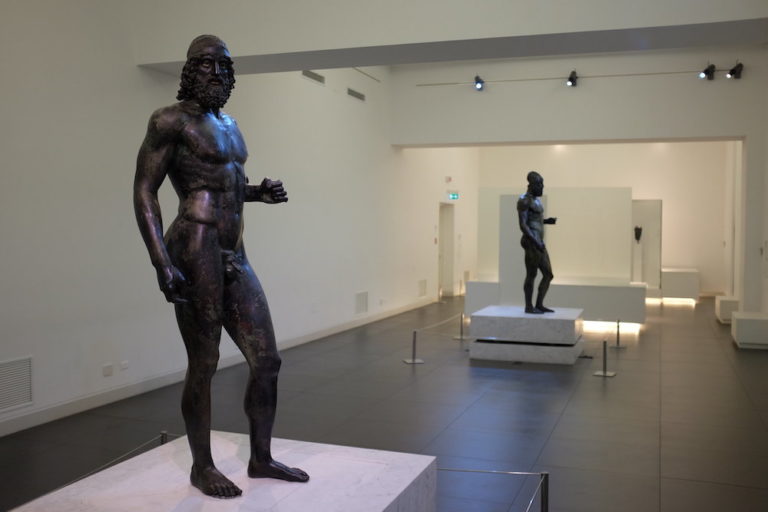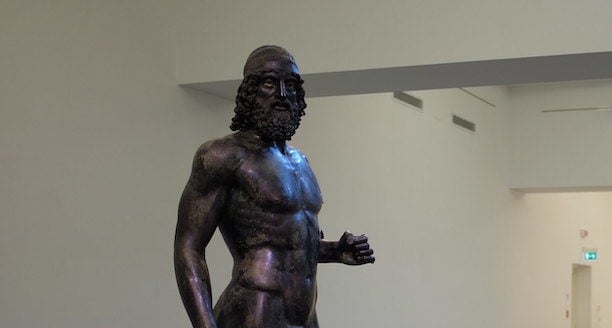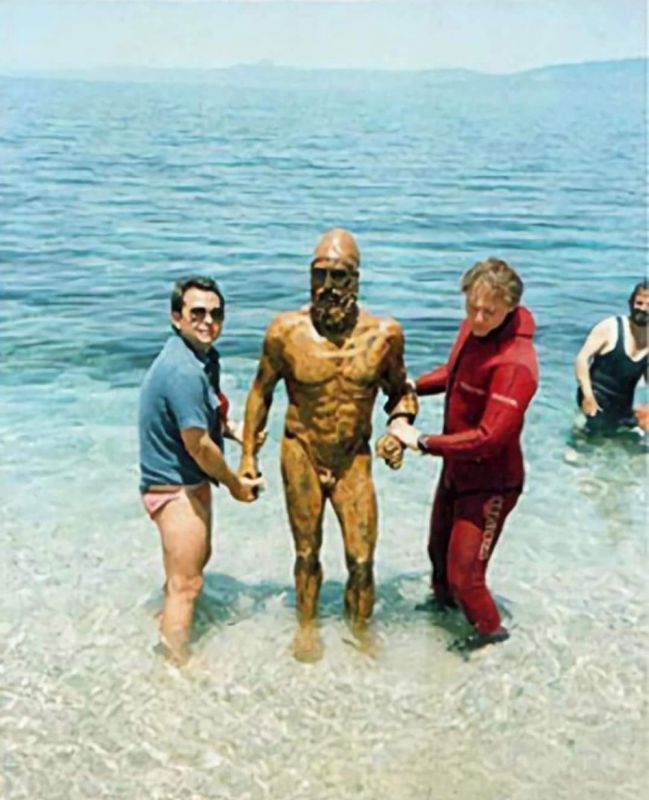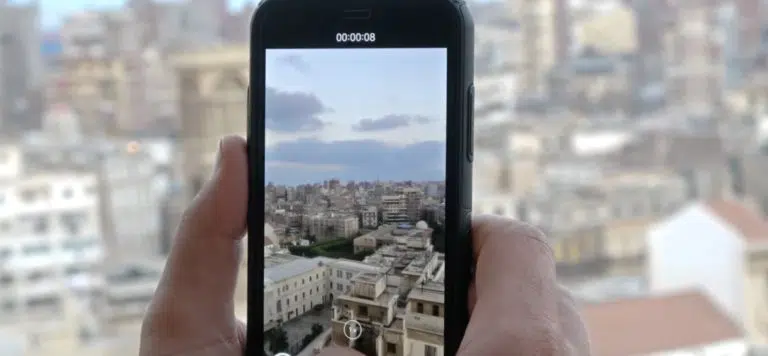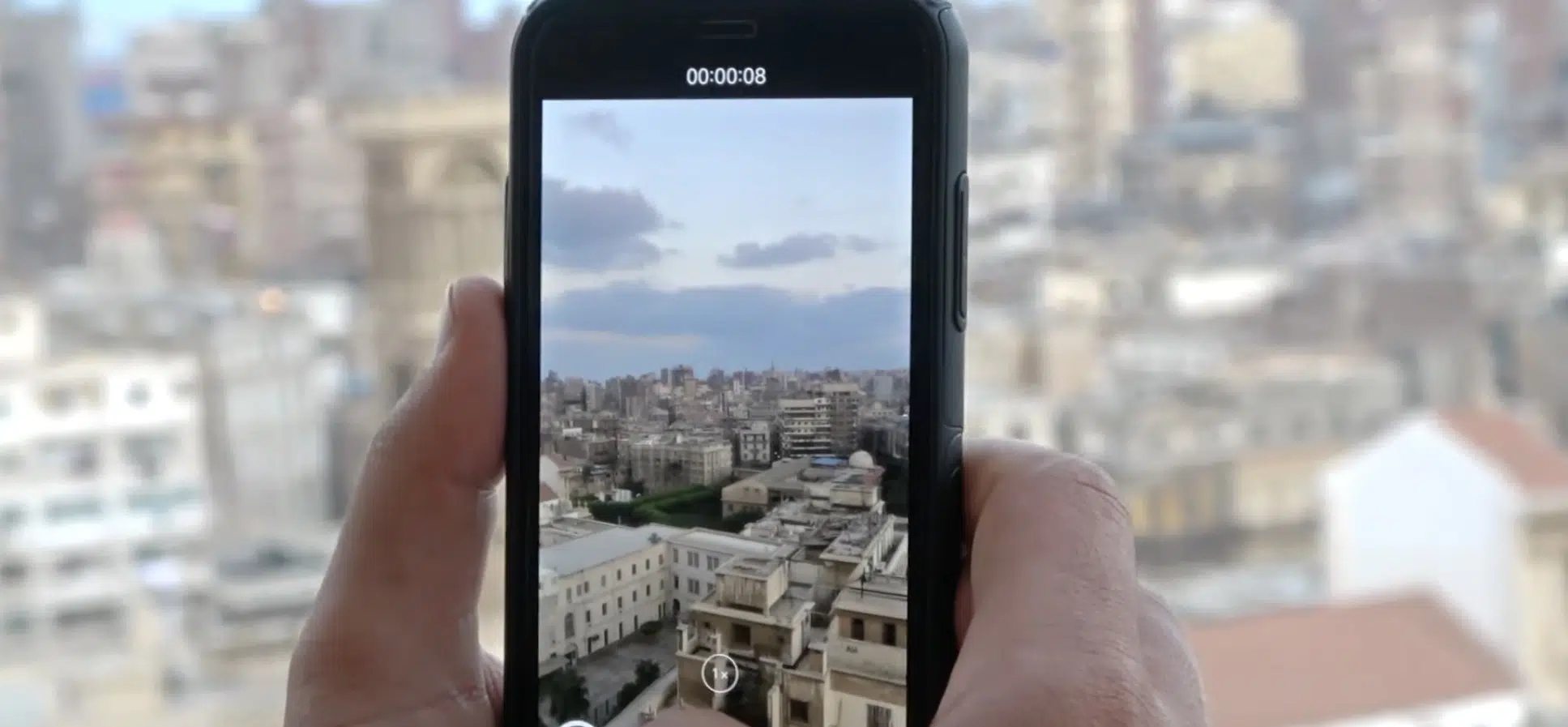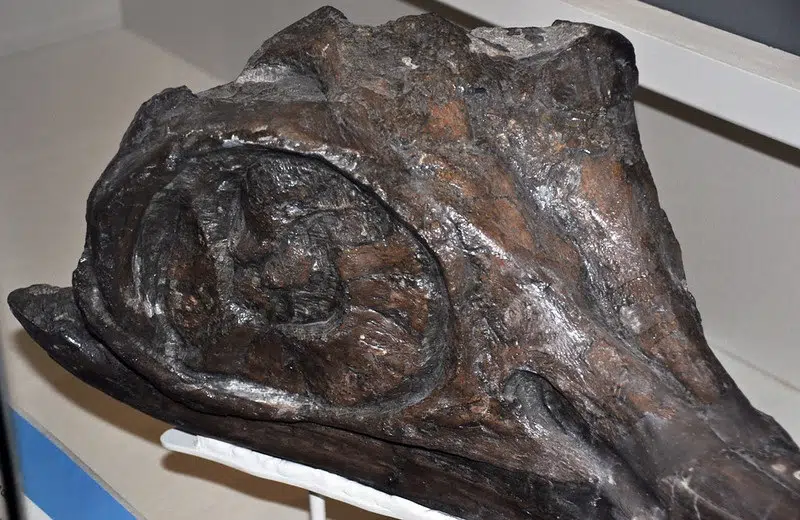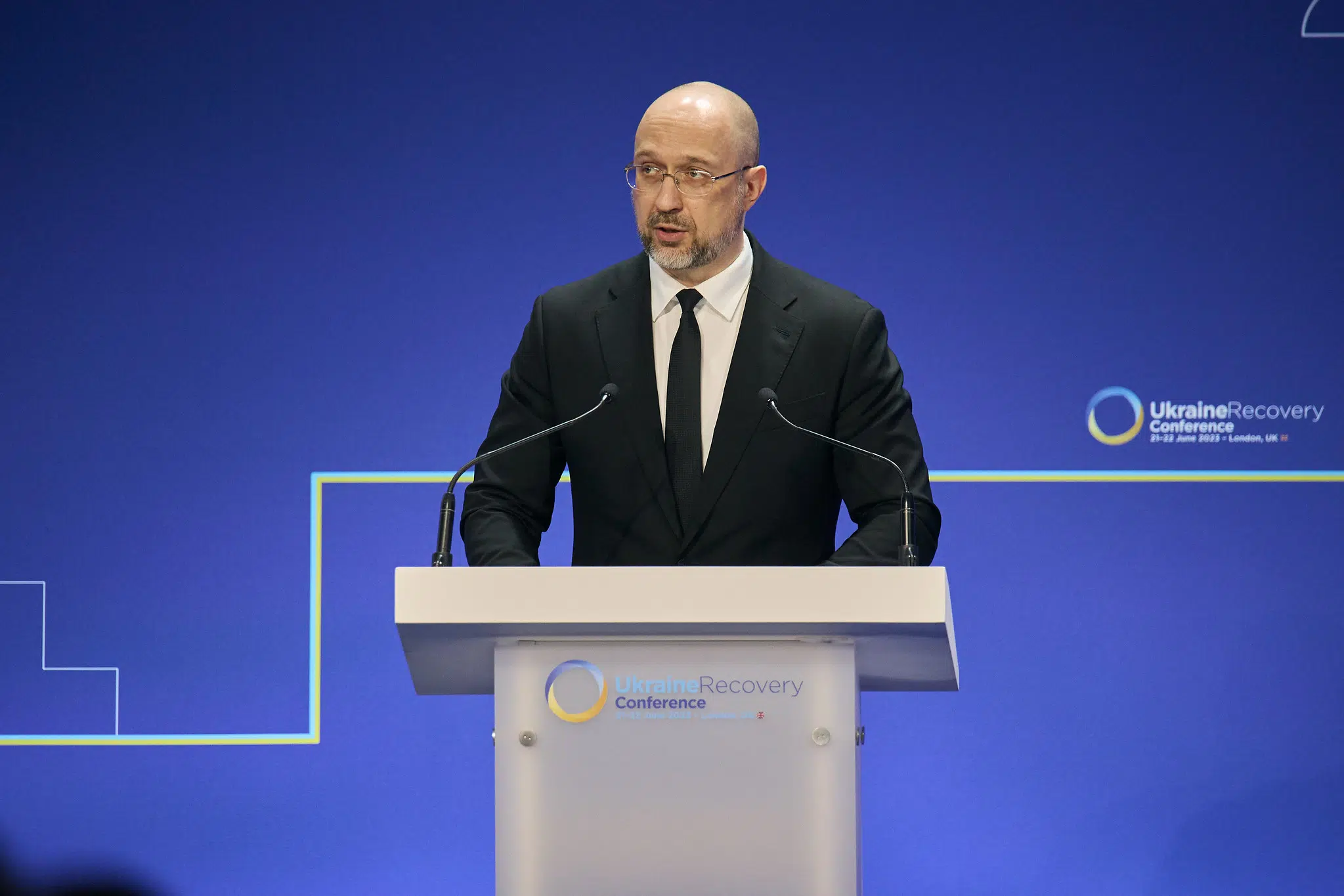
Ukraine’s Prime Minister has warned of a third world war if Ukraine is defeated by Russia, as he urged the US Congress to pass a long-stalled foreign aid bill.
Denys Shmyhal was cautiously optimistic that US lawmakers would pass the much-debated measure, which would see $61 billion given to Ukraine, as reported by the BBC.
The House of Representatives is set to vote on the aid this Saturday, with the proposal including funding for Israel as well as the Indo-Pacific.
Russia stated that any fresh US aid for Ukraine will make no difference on the battlefield, as the situation on the front line is looking “unfavorable” for Kyiv, according to the BBC.
Speaking to the news outlet in Washington DC yesterday, Wednesday, April 17th, Ukrainian Prime Minister Shmyhal said of the US security assistance, “We need this money yesterday, not tomorrow, not today.”
Shmyhal added: “If we will not protect, Ukraine will fall. So the global system of security will be destroyed, and all the world will need to find a new system of security. Or, there will be many conflicts, many such kinds of wars, and at the end of the day, it could lead to the Third World War.”
Will Putin attack other European countries if Russia defeats Ukraine?
Ukraine has previously raised alarm bells about the consequences should it be defeated by Russia. Last year, President Volodymyr Zelensky said that if Russia won the conflict, it could invade Poland next, triggering World War Three.
However, Kremlin officials have rejected these claims and labeled them scaremongering. Last month, President Vladimir Putin dismissed suggestions that Russia might one day attack Eastern Europe as “complete nonsense.”
Russia has never attacked a country in the NATO alliance, which includes Poland. NATO’s collective defense pact means that if one member country is attacked, then all other members will retaliate, as per Article 5 of the alliance.
In Wednesday’s interview with the BBC, Prime Minister Shmyhal was asked about a recent claim by Republican House Foreign Affairs Chairman Michael McCaul that members of his own party were being “infected” by Russian propaganda.
Shmyhal said, “We should understand that disinformation and propaganda is influencing here in the United States…many people, in the European Union…many people, such as in Ukraine.”
Opposition from the right wing of the Republican party has blocked potential assistance to Ukraine for months with some being accused of supporting Russia.
A handful of lawmakers have raised objections to sending tens of billions of dollars in aid overseas without first passing funds for the US-Mexico border security. These conservatives have also reportedly dismissed any suggestions they could be Kremlin supporters, calling the allegations smears.
President Joe Biden said in a statement on Wednesday that he would sign the package into law immediately once passed by Congress “to send a message to the world: We stand with our friends.”



